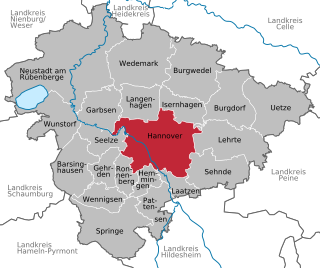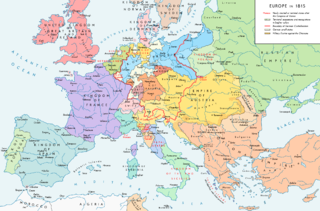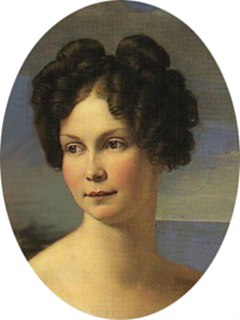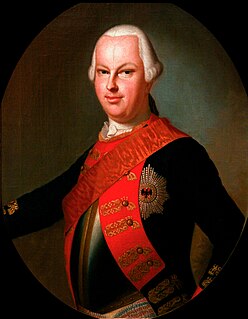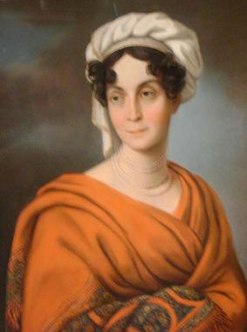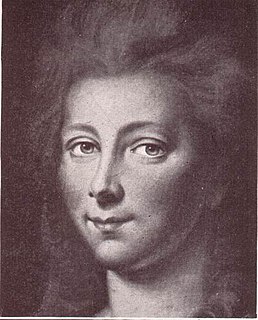| Princess Friederike | |||||
|---|---|---|---|---|---|
Friederike of Hesse-Darmstadt | |||||
| Born | 20 August 1752 Darmstadt, Landgraviate of Hesse-Darmstadt, Holy Roman Empire | ||||
| Died | 22 May 1782 (aged 29) Hanover, Electorate of Brunswick-Lüneburg, Holy Roman Empire | ||||
| Spouse | Charles II, Grand Duke of Mecklenburg-Strelitz | ||||
| Issue | Charlotte Georgine, Duchess of Saxe-Hildburghausen Duchess Caroline Auguste Duke Georg Carl Therese, Princess of Thurn and Taxis Duke Friedrich Georg Louise, Queen of Prussia Frederica, Queen of Hanover Georg, Grand Duke of Mecklenburg-Strelitz Duke Friedrich Karl Duchess Auguste Albertine | ||||
| |||||
| House | Hesse-Darmstadt | ||||
| Father | Prince George William of Hesse-Darmstadt | ||||
| Mother | Countess Maria Louise Albertine of Leiningen-Falkenburg-Dagsburg | ||||
Princess Friederike Caroline Luise of Hesse-Darmstadt (20 August 1752 – 22 May 1782) was a member of the House of Hesse and by marriage a Duchess of Mecklenburg-Strelitz.

The House of Hesse is a European dynasty, directly descended from the House of Brabant. It ruled the region of Hesse, with one branch as prince-electors until 1866, and another branch as grand dukes until 1918.
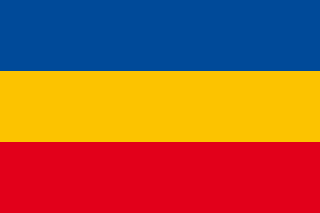
The Duchy of Mecklenburg-Strelitz was a duchy in northern Germany, consisting of the eastern fifth of the historic Mecklenburg region, roughly corresponding with the present-day Mecklenburg-Strelitz district, and the western exclave of the former bishopric of Ratzeburg in modern Schleswig-Holstein. At the time of its establishment, the duchy bordered on the territory of Swedish Pomerania in the north and of Brandenburg in the south.
Contents
She is a direct matrilineal ancestor (through women only) of Queen Margarethe II of Denmark, King Willem-Alexander of the Netherlands, King Albert II of Belgium, King Harald V of Norway, and Grand Duke Henri of Luxembourg.
Matrilineality is the tracing of kinship through the female line. It may also correlate with a social system in which each person is identified with their matriline – their mother's lineage – and which can involve the inheritance of property and/or titles. A matriline is a line of descent from a female ancestor to a descendant in which the individuals in all intervening generations are mothers – in other words, a "mother line". In a matrilineal descent system, an individual is considered to belong to the same descent group as their mother. This matrilineal descent pattern is in contrast to the more common pattern of patrilineal descent from which a family name is usually derived. The matriline of historical nobility was also called their enatic or uterine ancestry, corresponding to the patrilineal or "agnatic" ancestry.

Willem-Alexander is the King of the Netherlands, having ascended the throne following his mother's abdication in 2013.
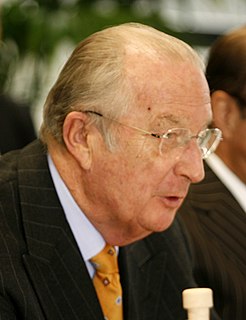
Albert II reigned as the King of the Belgians from 1993 until his abdication in 2013.







